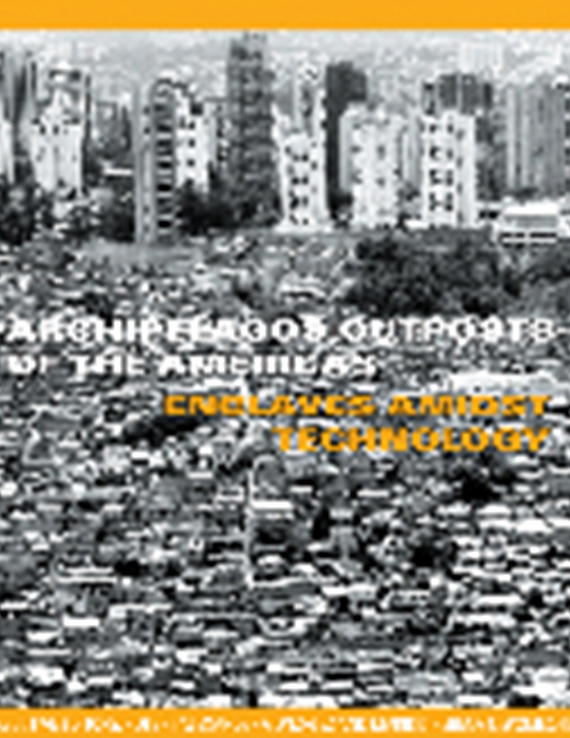Author(s): Lisa D. Schrenk
The 1933-34 Century of Progress International Exposition presented an ideal opportunity for a select group of prominent architects to work together on a large event that could publicize their “modern” architectural ideologies. The discussions that these prominent designers participated in over the definition of modern architecture as they wereplanning the fair were reflective of rarely discussed debates that were being waged on the pages of contemporary American architectural periodicals and at meetings of major architectural associations, including the A.I.A. By the time of the fair, the definition of modern architecture that all of these designers arrived at was one shared by many of their progressive colleagues. It focused on the use of new design concepts, innovative building materials, and recently introduced construction processes to meet the functional needs of a rapidly changing, modern world–a definition that was in sharp contrast to the widely disseminated, limited stylistic modern vocabulary promoted by Henry-Russell Hitchcock and Philip Johnson in their 1932 MoMA Modern Architecture – International Exhibition.The purpose of this paper is to illustrate how international expositions, events that are set beyond the everyday world due to their temporal nature and entertainment character, can offer important insights for the architectural historian to better understand the story of modern architecture. To illustrate the value of exploring these major outposts of American culture, this paper will use the 1933-34 Chicago World’s Fair as a venue through which to offer a reassessment of the story of the rise of modern American architecture in the late 1920s and early 1930s.
Volume Editors
Marilys R. Nepomechie & Robert Gonzalez
ISBN
0-935502-54-8

 Study Architecture
Study Architecture  ProPEL
ProPEL 
